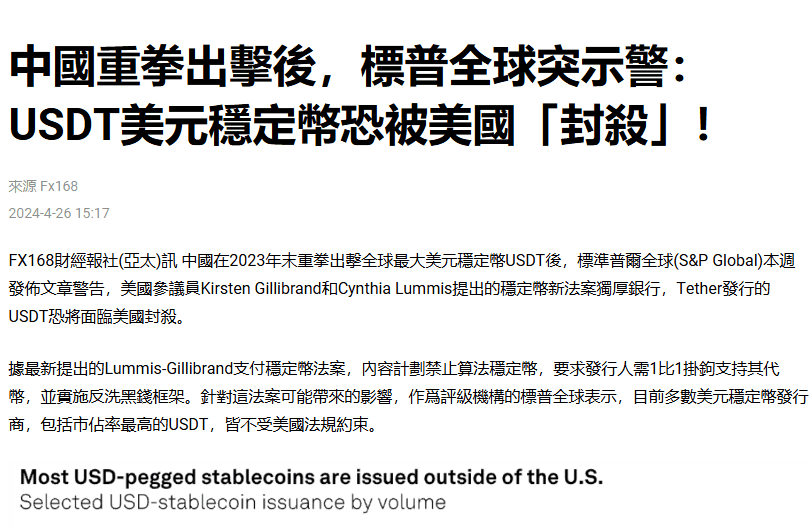'Is the sky of the crypto market really going to collapse?'
On July 18, 2025, the Federal Reserve issued a (genius bill), directly putting a 'tight spell' on the stablecoin market! It requires stablecoins to be 100% collateralized by U.S. dollars or Treasury bonds, and algorithmic stablecoins are directly sentenced to 'death,' even giants like USDT and USDC are trembling. Is this regulatory storm the 'end of the crypto market' or the starting point of a new order?

Stablecoin 'earthquake': 90% of trading volume may be halved, are retail investors becoming 'chives'?
Let me share a painful statistic: The total market value of global stablecoins is $268 billion, but after the (genius bill) is implemented, 90% of overseas trading volume may be halved due to soaring compliance costs. Why? Because many stablecoins previously survived by 'skirting regulations,' for example, USDT has been questioned for opaque collateral assets, while USDC, despite its transparency, also dropped 10% during the 2023 Silicon Valley Bank run. Now the Federal Reserve requires 100% collateralization with U.S. Treasury bonds or dollars, and only institutions certified by the Federal Reserve can issue them, small players are directly eliminated!
For example: Do you remember the collapse of Terra's UST? In May 2022, the decoupling of UST led to a 99.9% crash of LUNA, evaporating $40 billion. Now the Federal Reserve directly prohibits algorithmic stablecoins, fearing history will repeat itself. But here's the question - although USDT claims to have $100 billion in U.S. Treasury bonds, it was fined $41 million before, can you trust that it is really 'fully collateralized'?
Who are the winners? Who are the losers? Your investments are about to change!
Losers list:
Algorithmic stablecoin projects: UST, LUNA-style collapses are completely finished, related tokens go directly to zero.
High-leverage retail investors: After a decline in trading volume, the risk of liquidation surges, and they may be 'precisely harvested.'
Small exchanges: Compliance costs soar, and many platforms may shut down directly.
Winners list:
Compliant stablecoins: USDC, USD1 (controlled by the Trump family) may capture most of the market due to Federal Reserve endorsement.
Traditional financial institutions: JPMorgan, Deutsche Bank accelerate entry, with stablecoins becoming the 'new darling' of cross-border payments.
Hong Kong opportunity: The stablecoin regulation takes effect on August 1, allowing anchoring to offshore RMB, potentially becoming a 'fortress' for RMB internationalization.
How should you manage your money? 3 suggestions to preserve your principal!
Short-term hedging:
Stay away from algorithmic stablecoins, don't be the 'bag holder'!
Focus on compliant leaders like USDC and USD1, but be aware of the risk of U.S. Treasury yield fluctuations.
Long-term opportunity:
Pay attention to hybrid collateralized stablecoins (like Frax Protocol), which may become a direction for compliance innovation.
Cross-border payment revolution: Stablecoins become the 'new currency' in global trade, but beware of the digital reinforcement of dollar hegemony.
The Federal Reserve's 'iron fist' regulation is like a double-edged sword - it cuts away market chaos but also cuts away the 'get-rich-quick dream' of retail investors. Now the question arises: If USDT really collapses, can your assets escape unscathed? Let's discuss your views in the comments, or share this article to remind more people to avoid the 'regulatory minefield'!